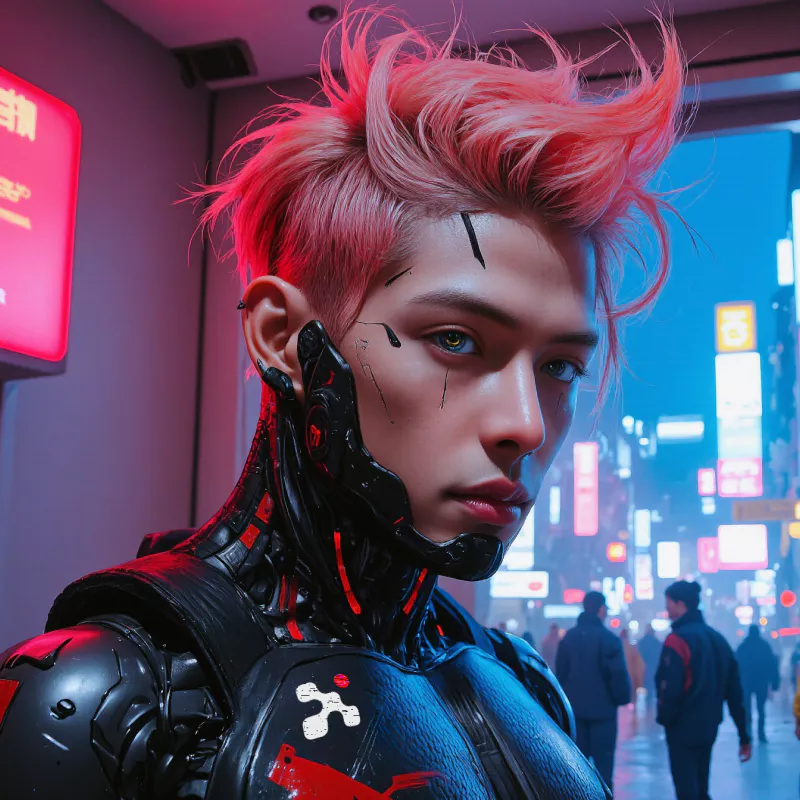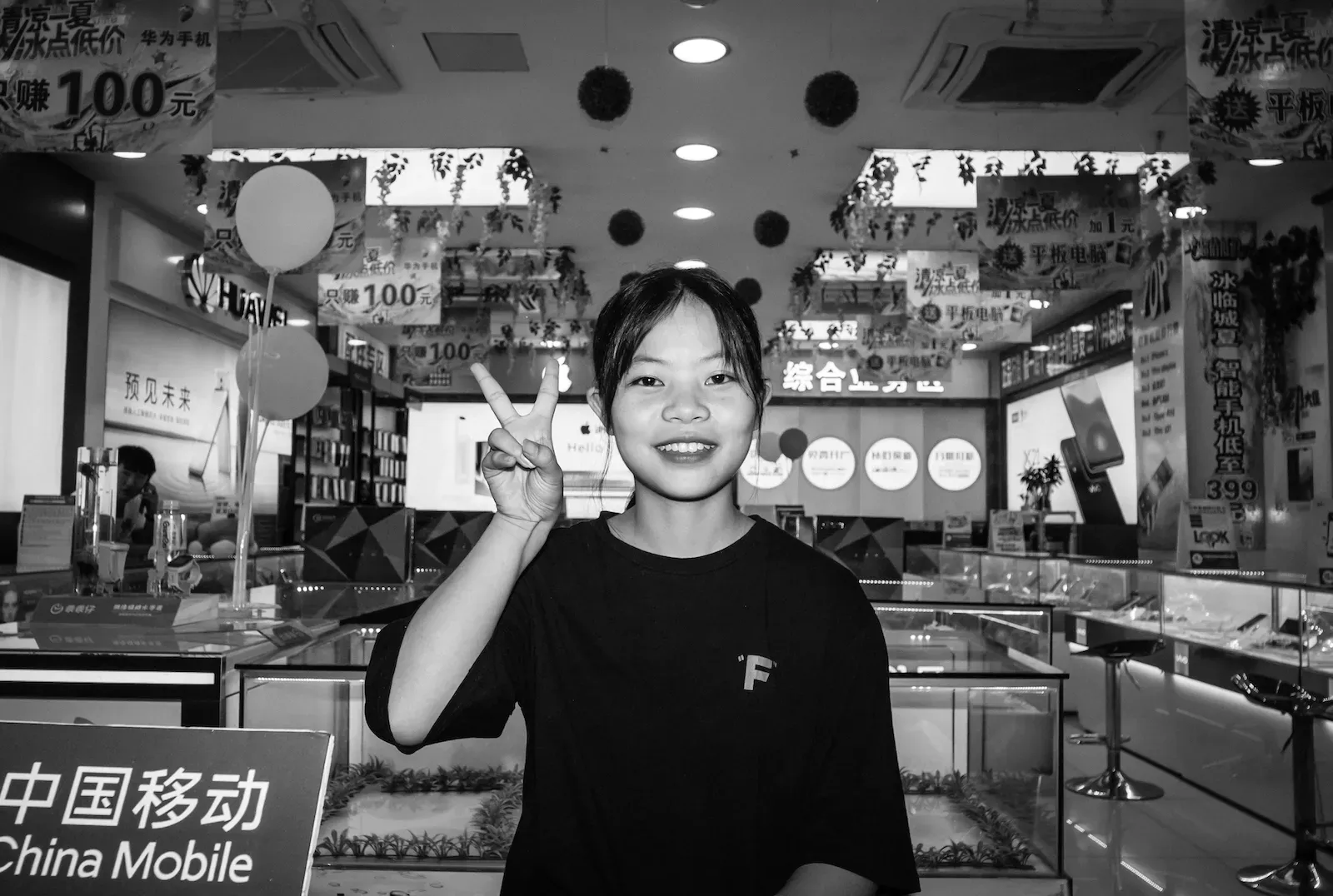Photography Habits
 jenxi.com
jenxi.com Vision alchemist crafting strategic innovation & AI adoption. Bridging startups to China's ecosystem advantage. Building a cyberbrain. Registered pharmacist × Brand strategist × Storyteller
Photography is a never ending journey of learning and growth. I picked up and dropped many habits along the way.
Once in a while, I get asked about how I shoot, so I’m sharing some of the habits that I find essential and have stuck with me since adopting them. By the way, it is better to ask people how to shoot instead of what camera they’re using. It means you are interested in the art of photography rather than the gear.
Always be ready to shoot
My camera is always on standby mode, held in my hand. On the rare instances it isn’t, it is usually hanging off my wrist loop. This means that I’m always ready to shoot once I tap softly on the shutter release to wake the camera.
I started photography using neck straps. I still use them on my DSLRs and SLRs, but that’s simply because the weight of those cameras mean I might injure my wrist if I were to hang them off my wrist. However, when I’m using those cameras, the neck straps are wrapped around my wrist.
The best camera is the one that you have with you.
—Chase Jarvis
Hanging the camera around my neck makes me lazy. I will become comfortable with it hanging there and end up doing other things, so when the time comes my hands are occupied instead of being ready to snap a photo.


I can’t hang my Leica on the wrist strap for too long without my wrist starting to feel sore. The strap digging into my wrist is a great reminder that I have rested enough and should hold the camera in my hand.
The only time when the camera is in my bag is when I need to protect it from the weather, or when I’m commuting and decided to take a break from shooting.
Of course, this means my camera is always with me. There are two things I always bring out when I head out, my camera and my phone.
Shoot first, shoot more
I used to take one picture of each moment I capture, believing that is how the photography masters snap their iconic photos. I learnt later on that they actually shoot a series of each moment and pick the best.
This has resulted in me leaving my Leica in continuous drive mode. I shoot a burst of several photos. Where possible, I move and angle to get the best framing with each shot.




Beware of thinking you should spray and pray. I’ve seen photographers shooting in continuous drive mode and hold down the shutter release until they fill the buffer. This won’t improve the quality of your shots. You just end up with a lot more photos to edit, and most likely ditch.
It is about developing the gut feeling of getting good shots, the instinct to anticipate the decisive moment.
Revisit good spots
Some places are just a treasure mine for good photos. In street photography, these are usually places with great backgrounds, beautiful light, and a steady traffic of people.
When you discover such a spot, remember it and come back regularly. Return to this special place at different times of the day to see how the light looks at each time. This way, you’ll know when is the best time to visit the spot.
Edit later
While some argue that you should select your photos as soon as you can to avoid procrastination, I prefer to wait before editing my photos.
The earliest I look at my photos is two weeks from taking them, though the average length I let my photos sit is about at least a month and a half. Let your photos marinate so you detach yourself from them emotionally.
Let your photos marinate.
Looking at photos too soon stirs up feeling you had when you took the photo. This often clouds your judgement and make you pick photos out of sentimentality.
Simplify processing
Many photographers spend more time processing photos than shooting them. If your photos are good, you just need minimal processing to get the final look you want.
My processing workflow is as simple as it gets. I apply my standard presets, I have one for colour and one for monochrome, and then tweak exposure and crop where necessary. In the rare occasions I would dodge and burn but I try to avoid those.
The simple process frees up my time to shoot and edit. Edit as in selecting the photos. This removes the pressure and headache that comes with doing a lot of post-processing.

Instead of processing your photos, invest the time in editing your photos.
Editing isn’t processing. Editing means selecting the good photos. This is far more important than deciding how much you should tweak contrast, tone or saturation.
I prefer to spend my time editing and sequencing my photos. Post-processing is just a minor step that I prefer to get out of the way as painlessly as possible.
What are your habits?
So there you go, these are my photography habits.
I would love to read about your photography habits. I enjoy looking at how others organise their workflow because I often discover new ways to improve mine.